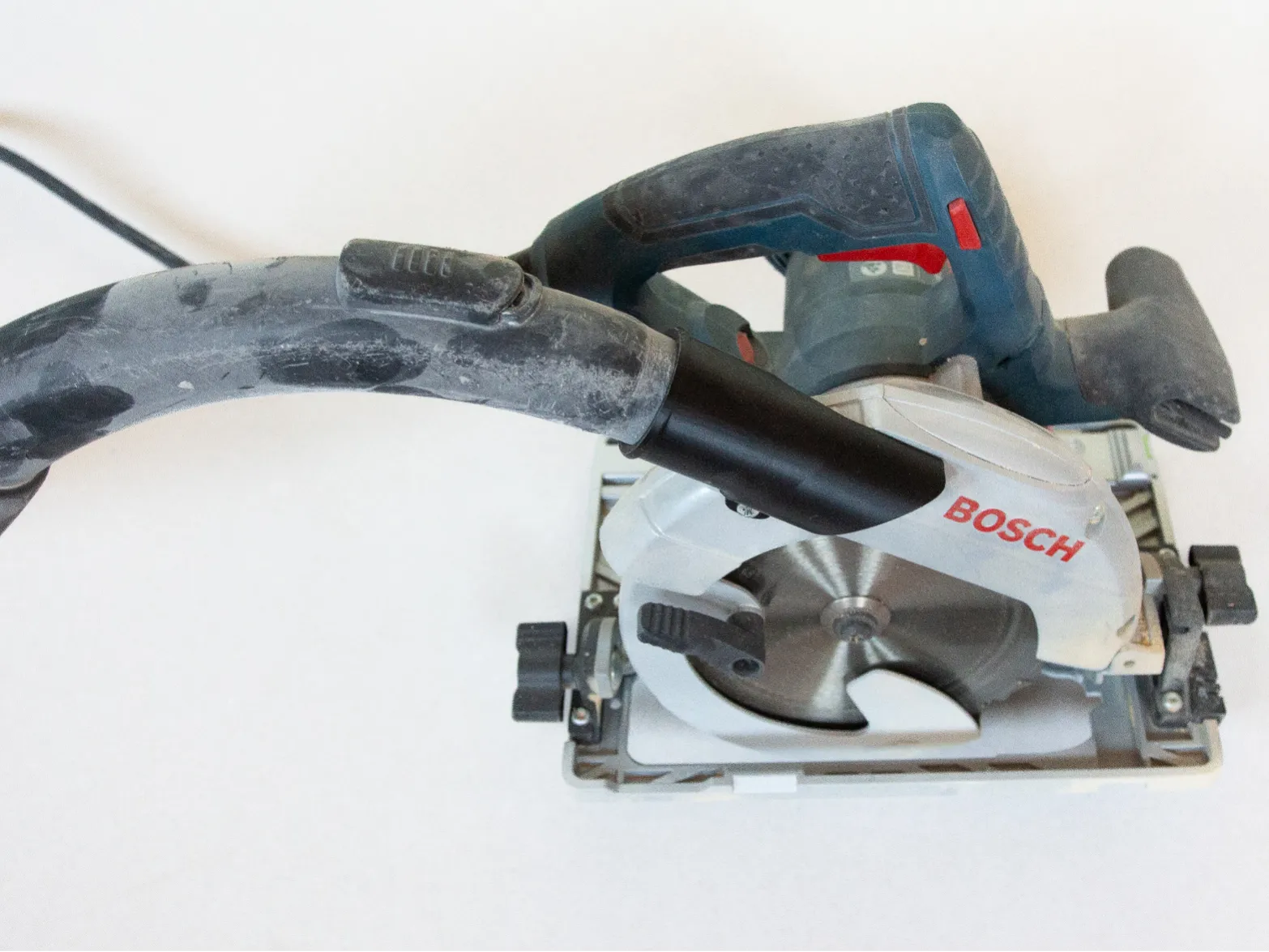How did you do the layer lines?
I tried to print one of these things once, with the layer lines perpendicular to the central axis. So just a tube standing straight up on the print bed. It didn't work at all. The shop vac was inserted in one end and the other end into the machine. However this meant the interface in between was completely unsupported. With the hose hanging on one end, as soon as I moved the machine around in use, the thing snapped off across a layer line. I tried a couple more times with thicker walls, higher temps and more infill, but the layer to layer bond just wasn't strong enough. I tried ABS and PETG, the PETG held up best but still broke within a couple of hours of use.
So I ended up ordering an injection molded part, probably glass reinforced nylon or something like that and have been using that ever since. Still bugs me, because it seemed like a perfect time for the 3D printer to shine.
